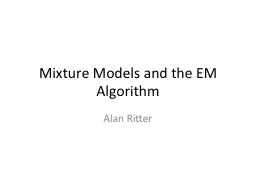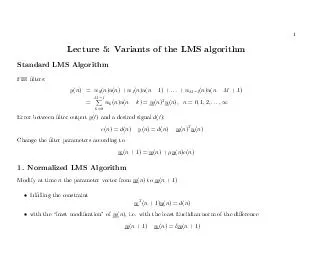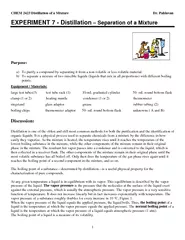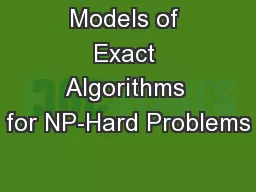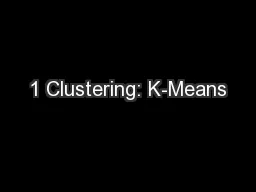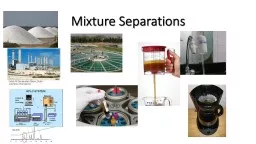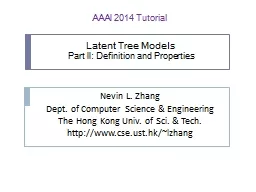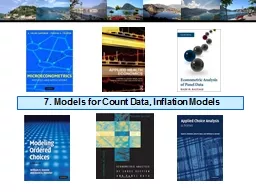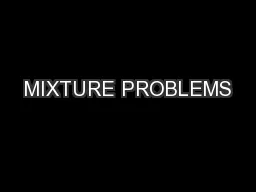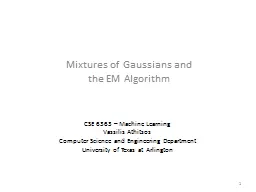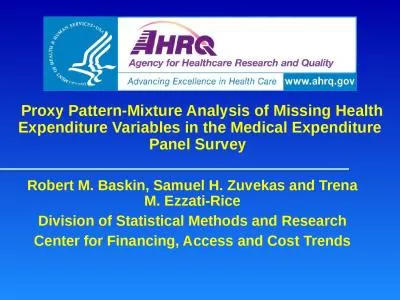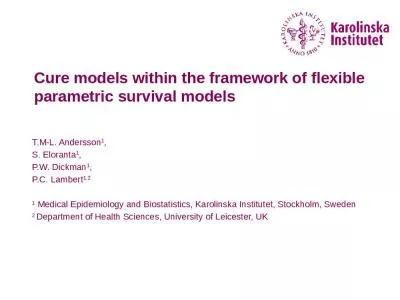PPT-Mixture Models and the EM Algorithm
Author : mitsue-stanley | Published Date : 2016-04-04
Alan Ritter Latent Variable Models Previously learning parameters with fully observed data Alternate approach hidden latent variables Latent Cause Q how do we learn
Presentation Embed Code
Download Presentation
Download Presentation The PPT/PDF document "Mixture Models and the EM Algorithm" is the property of its rightful owner. Permission is granted to download and print the materials on this website for personal, non-commercial use only, and to display it on your personal computer provided you do not modify the materials and that you retain all copyright notices contained in the materials. By downloading content from our website, you accept the terms of this agreement.
Mixture Models and the EM Algorithm: Transcript
Download Rules Of Document
"Mixture Models and the EM Algorithm"The content belongs to its owner. You may download and print it for personal use, without modification, and keep all copyright notices. By downloading, you agree to these terms.
Related Documents

